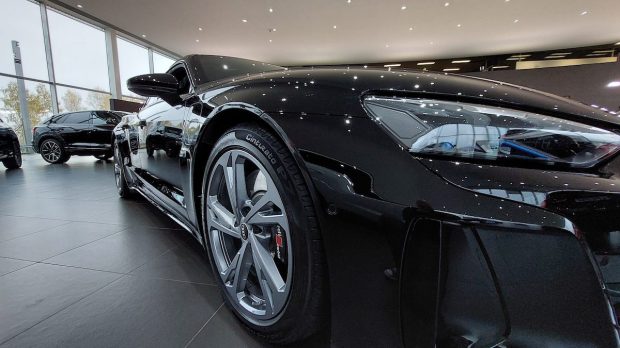New Car Prices Downshift After Summer Record

Car buyers could begin to feel less pain when paying for a new vehicle following a years-long spike in the price of new automobiles.
That’s according to a Monday report from The Wall Street Journal (WSJ), which noted that the average price of a new vehicle has begun to dip after reaching a record of $46,173 in July.
July also saw monthly car payments exceeding $700 for the first time ever, with more than 12% of consumers financing a car paying more than $1,000 each month. The figure represented a 7.3% higher payment compared to June 2021.
But this month saw consumers paying an average of about $45,600 for a new car or truck, WSJ reported, citing data from J.D. Power. That’s less than the summer apex but still 33% higher than pre-pandemic pricing.
“You will see a continued, slight mitigation on new-vehicle prices,” AutoNation CEO Mike Manley told WSJ. “But I don’t think you’re going to see, anytime soon, a return to what we saw pre-pandemic. They will not drop as fast as they shot up.”
Last week, the automotive retailer reported that retail sales of new and used vehicles remain below historical levels because of inventory constraints.
“Some parts of the industry are at really recessionary levels — which is our new vehicle volume,” Manley said during an earnings call, attributing the drop to ongoing supply chain issues and chip shortages.
The ongoing price hikes had consumers holding onto their cars longer, which meant more business for several auto repair and auto part retailers.
The average vehicle age has increased to about 12 years, amid inflation continuing and the dearth of new car inventories. But while consumer driving and shopping patterns are evolving, they haven’t dried up this year — a fact that “has put a premium on innovation and observational insight,” as PYMNTS wrote.
Read more: From Aging Cars to EVs to Record Gas Prices, Auto Parts Retailers Face Big Changes
